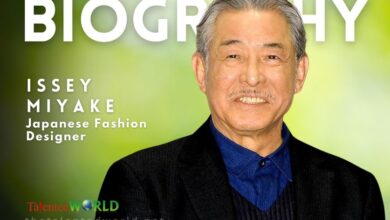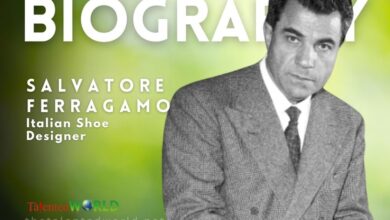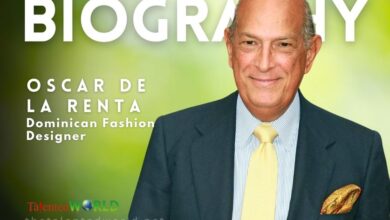Quick Facts
| Fact | Details |
|---|---|
| Full Name | Cristóbal Balenciaga Eizaguirre |
| Born | January 21, 1895 |
| Place of Birth | Getaria, Spain |
| Died | March 23, 1972 |
| Place of Death | Jávea, Spain |
| Resting Place | Getaria Cemetery |
| Nationality | Spanish |
| Occupation | Fashion Designer |
| Years Active | 1917–1972 |
| Known For | Haute Couture Fashion |
| Label | Balenciaga |
| Partner | Władzio Jaworowski d’Attainville (-1948) |
| Net Worth | Approx. $2 million |





